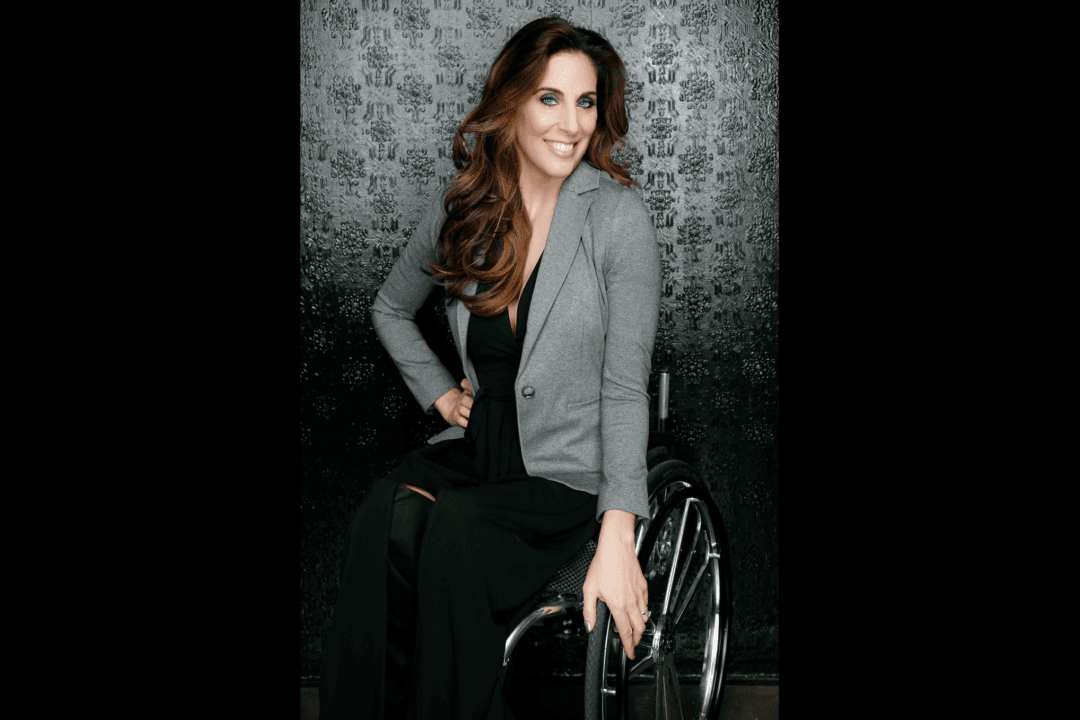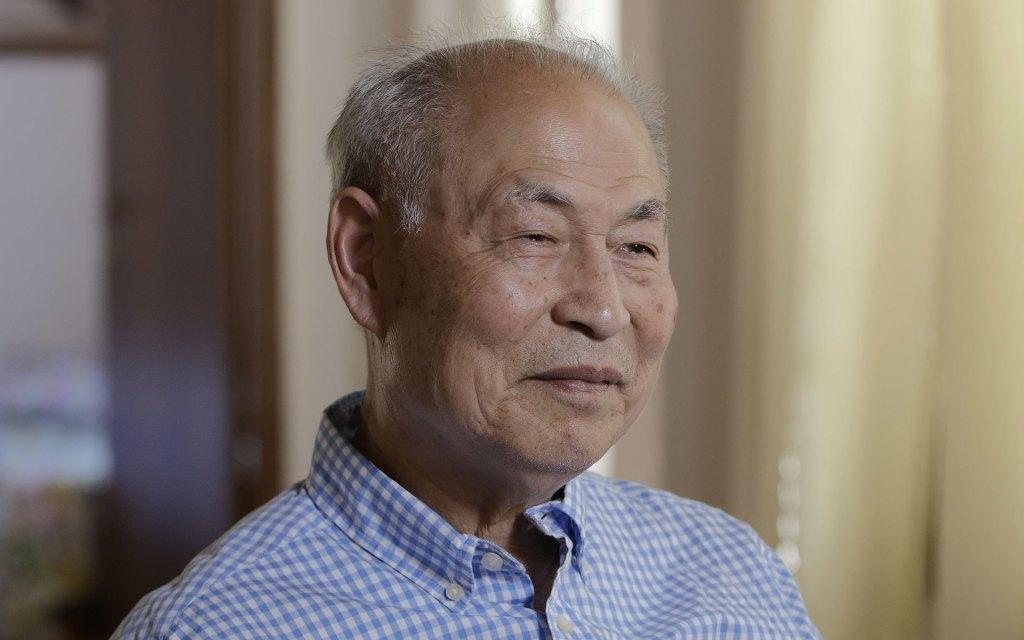“There isn’t anything I can’t do, I just find a different way of doing it, which is why I never feel truly limited or disabled,” said Mia Schaikewitz, a dancer, reality TV show star and motivational speaker, during an interview in Santa Monica.
Schaikewitz, with her gentle, affable demeanor and dreamy blue-eyed charm, is a private person, yet her life’s work is about showing up in the public arena. It’s all part of the wonderful complexity of this endearing and powerful woman, who is both artistic and athletic, challenging herself creatively and physically by skiing, swimming, kayaking, and as a member of the professional dance company Infinite Flow.





